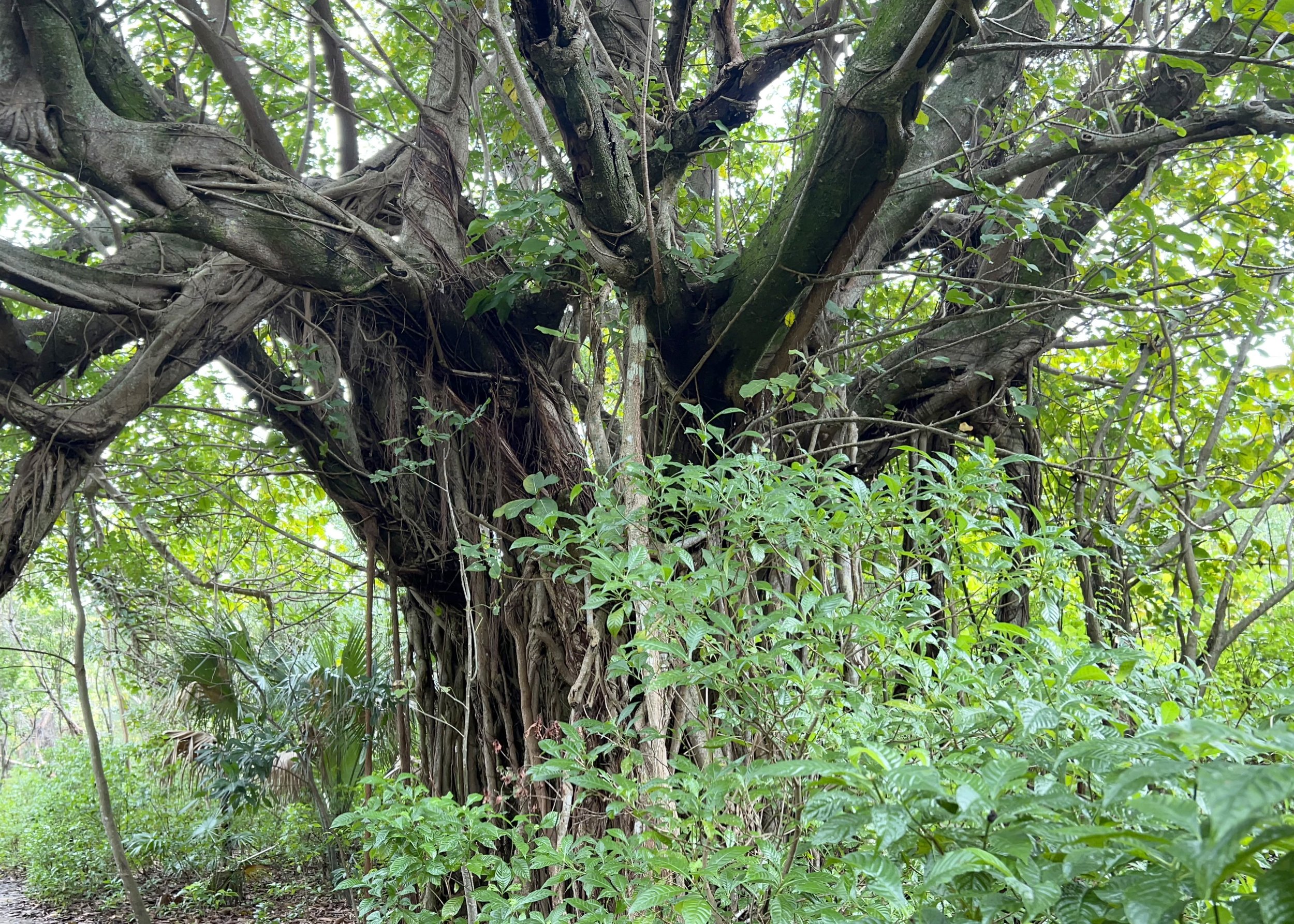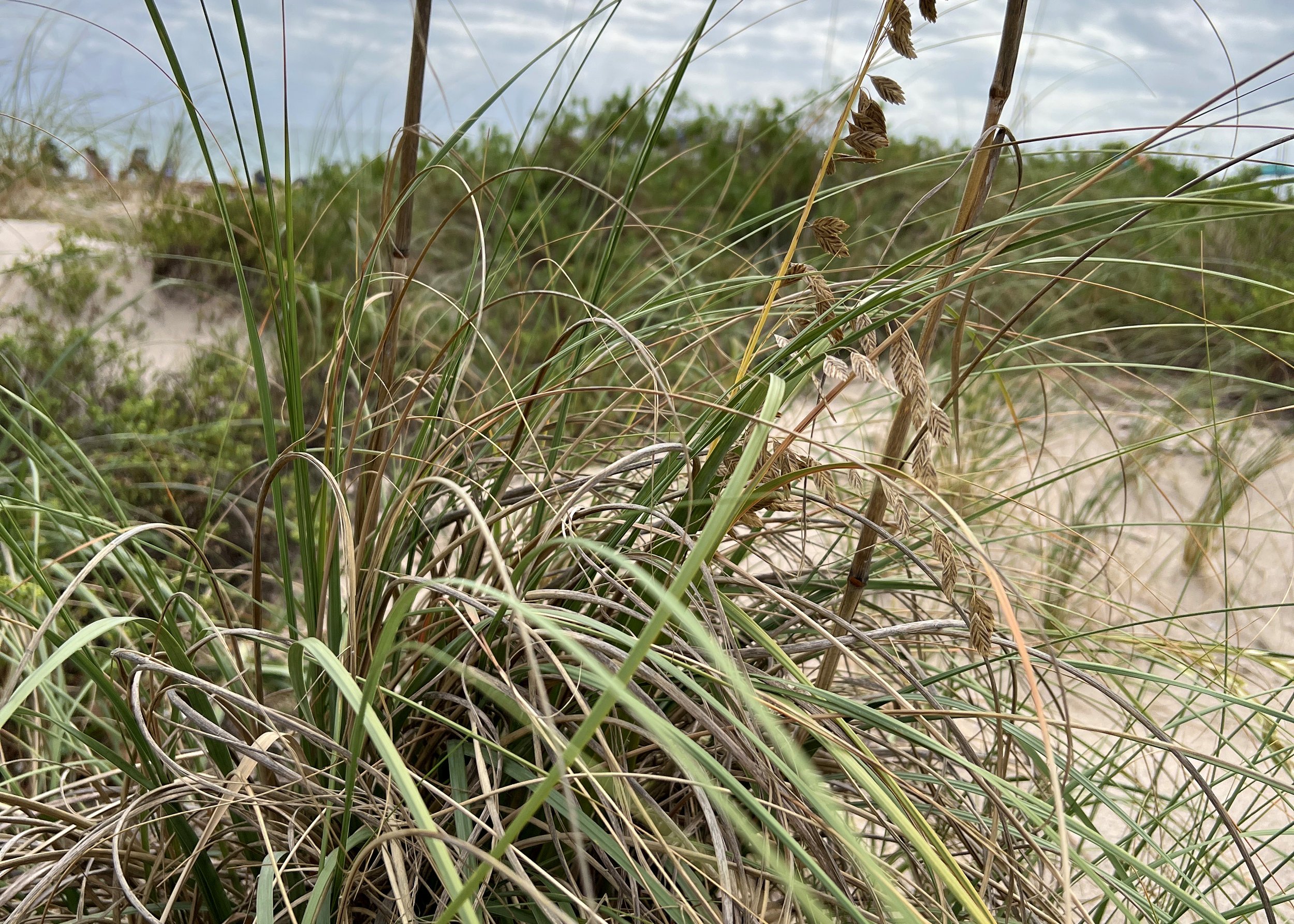
Hugh Taylor Birch State Park
Hugh Taylor Birch State Park is a beautiful and diverse natural oasis located in Fort Lauderdale, Florida, United States. The park covers an area of approximately 180 acres and offers a variety of recreational activities and stunning natural landscapes.
Named after Hugh Taylor Birch, a prominent attorney and naturalist who donated the land to the state of Florida in 1940, the park is known for its unique combination of tropical hammocks, freshwater lagoons, and scenic coastal dunes. It provides a refuge for many native plant and animal species, making it a popular destination for nature enthusiasts.
Visitors to Hugh Taylor Birch State Park can enjoy a range of outdoor activities. The park features several hiking trails that wind through the various ecosystems, allowing visitors to explore and appreciate the natural beauty. Additionally, there are cycling paths, picnic areas, and opportunities for birdwatching.
One of the park's highlights is its access to the Intracoastal Waterway, where visitors can rent kayaks, canoes, or paddleboards to explore the calm waters and admire the scenic views. The park also has a designated swimming area along its beachfront, providing a refreshing escape from the Florida heat.
For those interested in history, the park is home to the Terramar Visitor Center, which offers exhibits and educational programs about the local environment and the history of the area.
Hugh Taylor Birch State Park serves as a tranquil retreat amidst the bustling city of Fort Lauderdale, providing a place where visitors can connect with nature, engage in outdoor activities, and learn about the region's natural and cultural heritage.
The park provides the opportunity to visit five distinct types of ecosystems including coastal hammock, fresh water lagoons, coastal dunes, scrub habitat and intercoastal waterway. More information on these habitats here.
Birch Park is home to endangered or vulnerable species in Florida and the United States. Some of the unique species found in the park are:
Gopher Tortoise
Coontie (Zamia integrifolia)
West Indian Manatee
Beach Peanut (Lathyrus japonicus)
Beach Star (Remirea maritima)
Loggerhead Sea Turtle
Florida Scrub Jay
Dune Sunflower (Helianthus debilis)
The Trails
-

Coastal Hammock Trail
This trail winds through the tropical hammock ecosystem, which is characterized by a dense canopy of trees and lush vegetation. Along the trail, visitors can enjoy the shade provided by the canopy and observe various plant and animal species that call the hammock home.
-
Gopher Tortoise Trail
Named after the protected gopher tortoise, this trail offers an opportunity to learn about and potentially spot these fascinating reptiles. The trail meanders through their sandy habitats, where visitors can look for burrows and possibly catch a glimpse of these unique creatures.
-
Beach Hammock Trail
As the name suggests, this trail leads visitors through a coastal hammock, offering a combination of shade and glimpses of the nearby beach. It provides a tranquil environment to enjoy a leisurely walk while being surrounded by the sounds of nature.
-

Freshwater Lagoon Trail
This trail takes visitors around the park's scenic freshwater lagoons. It offers picturesque views of the calm, serene waters and provides opportunities for birdwatching and observing aquatic wildlife. Keep an eye out for wading birds, turtles, and other creatures that inhabit the lagoon.
-

Ridge Trail
The Ridge Trail allows visitors to explore the park's higher elevations, providing views of the surrounding landscapes. This trail takes hikers along elevated paths, offering a different perspective and a chance to observe the unique flora and fauna found in this area.
What Can We Do To Protect It?
-

Practice Responsible Outdoor Recreation
When visiting the park, follow the principles of Leave No Trace. This includes packing out any trash, respecting wildlife and their habitats, staying on designated trails, and avoiding damage to plants or natural features.
-

Volunteer
Many parks, including Hugh Taylor Birch State Park, offer volunteer programs. Consider participating in park cleanup days, habitat restoration projects, or educational programs. Volunteering your time and skills can make a significant difference in preserving and maintaining the park's natural resources.
-

Reduce Your Carbon Footprint
Consider how your actions outside the park can affect its resources. Make sustainable choices in your daily life, such as conserving water, reducing waste, using eco-friendly products, and supporting renewable energy sources. By reducing your environmental footprint, you indirectly contribute to the conservation of natural areas like Hugh Taylor Birch State Park.
-

Support Conservation Organizations
One way to help protect the Hugh Taylor Birch Park is by supporting organizations that work to protect and restore the ecosystem, such as Friends of Birch State Park .More organizations can be found here.
-

Educate Others
Learn about the park's ecosystems, endangered species, and conservation challenges. Educate yourself and share your knowledge with others to raise awareness about the importance of preserving natural areas. Encourage responsible behavior and respect for the park's resources among friends, family, and fellow visitors.












